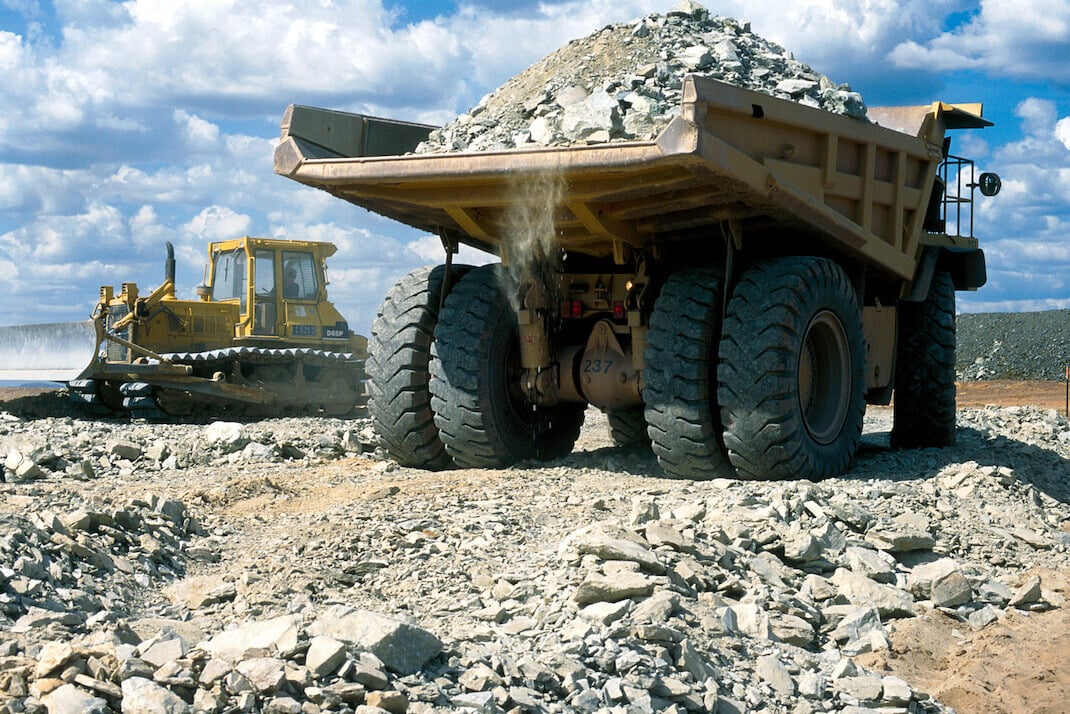We use cookies to give you a better experience on our website. Learn more about how we use cookies and how you can select your preferences.
Unlocking Billions: Transforming Australia's Mine Closures into Opportunities

Up to 240 Australian mines are expected to close by 2040. The Cooperative Research Centre for Transformations in Mining Economies (CRC TiME) estimates Australia will spend $4 to $8 billion on mine rehabilitation and closures each year. Delivering equipment, technology and services to support the environmental, social and economic outcomes of these mine closures could provide significant opportunities for regional, First Nations and other Australian businesses.
Four categories of opportunities
CRC TiME’s research has identified 4 categories of opportunities for Australian businesses:
- Engagement and partnership: Government, communities, regional and Indigenous organisations working together to co-design and deliver post-mining opportunities.
- Waste reduction and recovery: enabling effective waste management to reduce environmental and safety risks, as well as create value from waste and mining byproducts. For example:
- recovering valuable minerals not initially captured from waste
- recycling decommissioned equipment and infrastructure
- finding innovative uses for mined waste materials such as construction.
- Mine rehabilitation: providing solutions to restore mined land to a safe, stable, non-polluting, and potentially productive next use.
- Land use transitions: finding new productive ways to use mined land so it continues to provide value and benefits to the community. For example, transforming old mining areas into solar or wind farms, tourism facilities, agricultural use or using infrastructure for new purposes.
These categories show the range of opportunities for businesses to contribute to and benefit from the mine closure and rehabilitation process.
Expanding the solutions globally
CRC TiME CEO, Dr Guy Boggs, says that building innovative supply chains across these four categories of equipment, services and technologies is vital to enable regional transformations. The positive outcomes go beyond activities traditionally associated with mine closure, such as land rehabilitation.
"While land rehabilitation will remain critical, the report shows the diversity, span and scale of technology, services and equipment required in post mine transitions.
Of note is how a focus on the circular economy can lead to new commercial opportunities, such as reprocessing mine waste to extract residual minerals or to provide inputs into new processes or industries.”
CSIRO Futures’ lead report author, Dominic Banfield, said Australia could use our domestic mine transition challenge to become a leading global supplier of innovative mine closure solutions.
“With thousands of active and inactive mines in Australia, and increasing demand for many minerals, the demand for mine closure solutions will only increase as we seek solutions to ensure positive closures and transitions of regions to successful post-mining futures,” Mr Banfield said.
Research partners
The research project was led by CRC TiME partner CSIRO with support from major partners including the Minerals Research Institute Western Australia, Fortescue and Intract. Other partners included:
- enviroMETS Qld
- GHD
- K2Fly
- METS Ignited
- O’Kane Consultants
- The Queensland Government
- The University of Queensland Sustainable Minerals Institute.
CRC TiME was awarded a $29.5 million grant from July 2020 to June 2030 to deliver new research, tools and resources to enable regions and communities to transition to a prosperous and sustainable post-mine future.